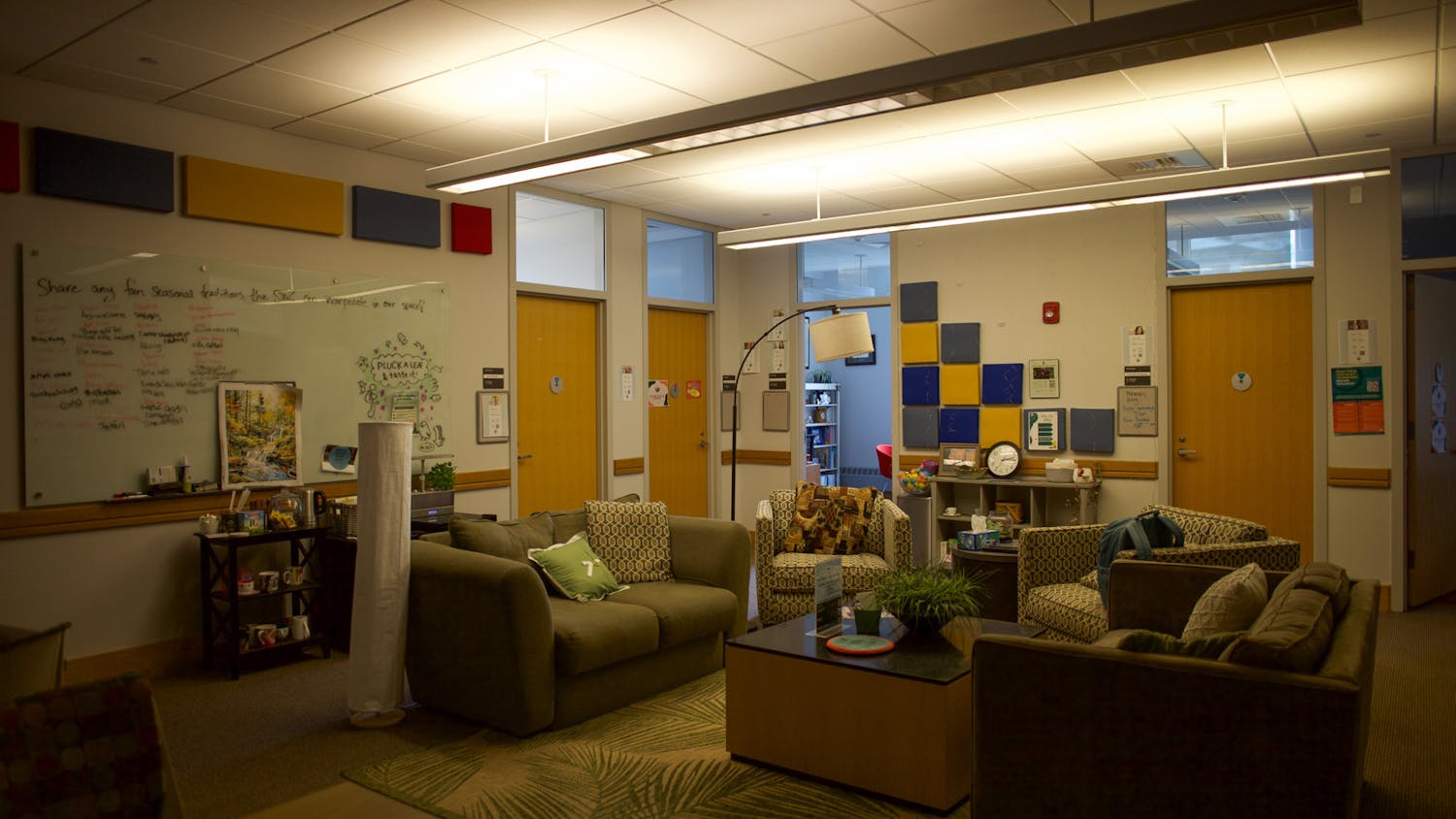Though it was initially determined to be a viral outbreak, Dick's House doctors now consider the conjunctivitis epidemic, affecting nearly 250 students so far, to be bacterial in form, and therefore treatable with antibiotics.
Dartmouth Health Services staff previously told those diagnosed with "pink eye" that they had a viral type of the ailment that is less severe. The course of which cannot be shortened by prescription medication.
"Last Friday, I decided to swab the five people I saw with conjunctivitis, and all the cultures showed the bacteria," Director of Health Services Dr. Jack Turco said.
College campus outbreaks of pink eye are almost always viral, Turco said. Bacterial outbreaks are more often associated with elementary school and day care situations, since the bacteria are spread by hand contact.
"It is confusing, since in an adult setting you wouldn't think there would be so much person to person contact," Turco said, explaining the reason why no tests to determine the nature of the pink eye outbreak were conducted until Friday.
While viral conjunctivitis is usually left to run its course, the bacterial form of the condition responds to prescription eyedrops. Students who were misdiagnosed with viral pink eye are encouraged to go back to Dick's House if their eyes do not get better after a few days.
"It is not an emergency situation, but if it hasn't cleared up it would be reasonable to make another appointment," Turco advised students currently suffering from symptoms of bacterial conjunctivitis.
After being told she had a classic case of viral pink eye, Elisabeth Kreter '05 requested the eyedrop prescription anyhow, but was instructed to wait until Thursday before filling it.
"Within 12 hours of seeing the doctors, I was using the drops because my eyes were so runny and painful that I couldn't wait any longer," Kreter said. "I'm just concerned that they told me to wait until Thursday when I clearly had full-blown bacterial pink eye within 12 hours."
Students who came in after the discovery of the first bacterial case were swabbed for cultures. Despite this precaution, Nina Sethi '05 was still misinformed when she visited Dick's House Monday.
"I was told I didn't have pink eye, that my eyes were perfectly clear," Sethi said. "But the next day Dick's House called me back and told me I had it."
It is unlikely, particularly in a normally healthy person, that untreated bacterial conjunctivitis would result in a further complication. An elderly person or individual with a suppressed immune system could theoretically experience corneal scarring as a result of an untreated infection, but Turco said this is rare.
A delay in the treatment of bacterial pink eye could have helped contribute to the rampant spread of the outbreak, though.
An individual is contagious for several days before they begin using the eyedrops, and sometimes even a day or so after treatment starts. However, since many treatable cases of pink eye went undiagnosed, the period of contagion for some was significantly lengthened.
"We always see conjunctivitis this time of year, but not usually this many cases," Turco said.
He attributed the magnitude of the outbreak to a rapidly spreading strain of bacteria.
Because of the rarity of a bacterial outbreak among a college-age population, Dick's House doctors are considering writing a report of the incident.



